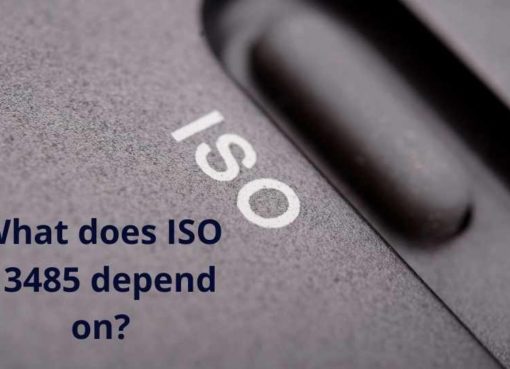Whether for a personal loan or as part of a mortgage, it is possible to choose interest at a fixed rate or a variable rate. Taking out a loan is an important financial transaction that commits the person who takes it out. It is therefore essential to make the best choice according to your situation. You should already understand what a fixed rate is and what a variable rate is. Then, the choice depends mainly on the type of credit you want to take out and the duration of the repayment. The shorter the time, the more interesting the variable-rate can be. Then it is a question of defining your situation. Do you have a fixed monthly cash flow or is it variable? So many parameters to take into account before taking out a loan.
What is a fixed rate?
A fixed-rate in the context of a loan is, as its name suggests, a loan whose interest rate does not vary over time. . If you take out a loan for a term of twenty years, your monthly repayment will be the same on day one, day 365 and day 2,000. This has an undeniable advantage, you know the cost of your credit. This is, as a general rule, the loan chosen by most borrowers. As part of a fixed-rate loan, the monthly payments can still change if you decide. Indeed, it is possible to obtain from the bank that the monthly payments be increased to allow you to settle your loan more quickly. You can also choose to repay your entire loan amount at once. This kind of operation allows you to reduce the cost of your loan. However, it should be noted that in some contracts an early payment involves penalties that reduce your profit.
What is a variable rate?
The variable rate loan is a riskier banking product than the fixed-rate loan. Indeed, your borrowing rate varies according to the general direction of interest rates. Rules apply to all banks and have a strong influence on interest rates. Over time, they can go down or up… It depends on economic conditions and monetary policies. When you subscribe to a variable rate loan, it is therefore impossible to know whether the financial transaction will be advantageous or not. However, there is an immediate benefit to subscribing to a variable rate loan. The amount of the monthly payment at the start will be cheaper than when you subscribe to a fixed interest rate.
It should be noted, however, that the variable rate is a victim of the lack of interest of borrowers. Indeed, it is less and less available in banks because of its lack of attractiveness. This means that if you want to obtain this type of credit, you may have to change banks if yours does not offer it. A good compromise to the variable interest rate is when it is capped. This means that the upside is limited to a certain amount. This offers the certainty of not seeing its interest rate skyrocket. But this can also be true on the downside.
How do choose between a fixed rate and a variable rate?
In the end, how do you choose between a fixed-rate loan and a variable rate loan? It depends on your appetite for risk, but also your current financial situation and the duration of the loan. For example, if you already have a high debt ratio, it will be interesting to play the security card instead with a fixed rate. On the other hand, if your loan is planned for the short term, as may be the case with a consumer loan, it may be interesting to play with interest rates using a variable rate. It is estimated that a short-term credit does not exceed a duration of seven to eight years. The other scenario in which the variable interest rate is of interest is when you expect to have income that increases significantly over time. Indeed, this cash flow can allow you to repay your loan in full early. In this case, variable rate loans have the advantage of not having a prepayment penalty.
In other cases, the fixed-rate loan remains the best option. You can monitor your credit simply and securely. You have real visibility on the cost of credit. In addition, you can succeed in lowering your monthly payments in several ways. You have the possibility of negotiating directly with your bank the reduction of the monthly payments. You can also opt for the repurchase of credit. This option is possible if you have several credits in progress and provided that your maximum debt ratio is not reached. In any case, your freedom to invest and your visibility will be better with a fixed-rate loan.



